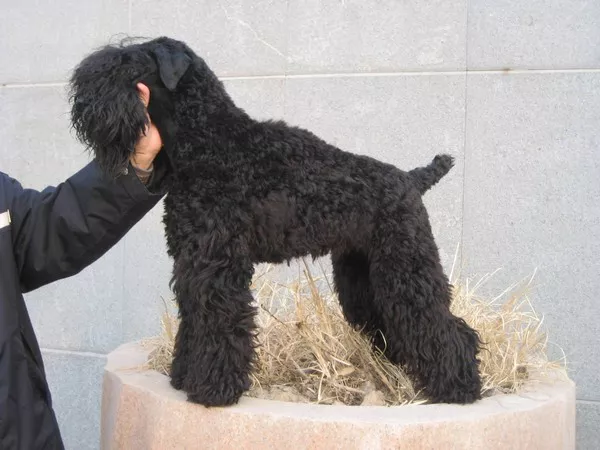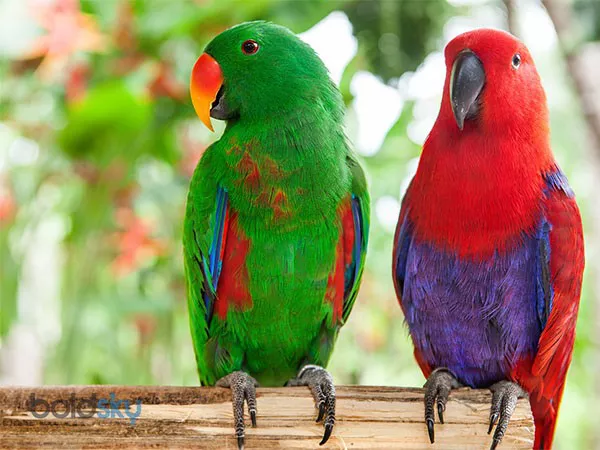Owning a pet has never been more expensive, with veterinary care prices soaring by 60% over the past decade, according to the Bureau of Labor Statistics. This surge in costs has contributed to the growing profitability of the pet health care industry.
The global veterinary care market, valued at $87.3 billion in 2023, is expected to grow at an 8% compound annual growth rate (CAGR) from 2024 to 2030, reports Grand View Research. As private equity firms and corporations take control of veterinary practices, the consolidation of clinics is increasing, prioritizing profit over personalized care, which often leads to higher costs for pet owners.
Advancements in technology, such as MRIs, scans, drugs, and surgeries, also contribute to rising bills. Veterinary procedures now carry hefty price tags similar to those seen in human healthcare. For example, a Sonoma County woman faced a shocking $12,000 bill for a routine acorn removal surgery for her Dachshund, up from approximately $5,000 for a similar procedure in the past. Though her insurance covered the cost, pet owners must pay upfront and submit claims for reimbursement.
A key player in the industry is Mars Inc., the parent company of M&Ms and Snickers, which acquired VCA Animal Clinics for $9.1 billion in 2017. Mars now operates a vast network of clinics worldwide, including Banfield Pet Hospital and BluePearl, making it the largest private owner of veterinary practices. In California alone, Mars owns 10 VCA animal hospitals across several counties.
While corporate ownership grows, so does the popularity of pet insurance. In 2023, nearly 6.25 million pets were insured in North America, representing a 16.7% increase from the previous year, according to the National American Pet Health Insurance Association (NAPHIA). California is the largest market for pet insurance, with policies reflecting factors like breed, age, and location. Although premiums vary, pet insurance often results in higher treatment costs, as policyholders tend to be more proactive about seeking medical care for their pets.
Despite the increase in insured pets, many animal hospitals report that most clients still do not have insurance, although the trend is growing. While dogs remain the primary focus of pet insurance providers, cats also represent a growing market due to lower care costs.
In a market marked by rising prices, consolidation, and an expanding insurance industry, the pet health care sector shows no signs of slowing down.
Related Topics:





















